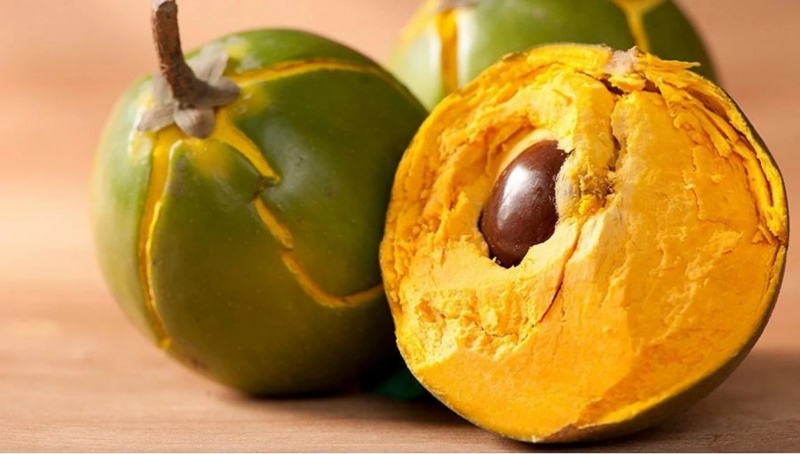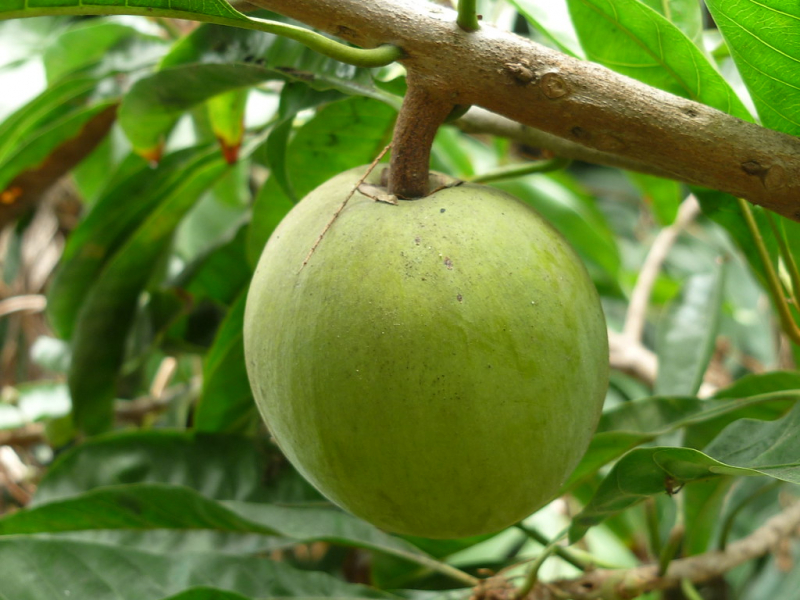Lucuma

Lucuma, botanically classified as Pouteria lucuma, is a rare, ancient fruit belonging to the Sapotaceae family. There are many naturally occurring varieties of Lucuma found throughout the Andean highlands of South America, and the fruit can be further classified into two subgroups known as hard or silk fruits. The fruits most commonly seen in fresh markets belong to the silk fruit subgroup, as the flesh is softer, sweeter, and more palatable. Lucuma is also known as Lucmo and Eggfruit, which is a descriptor given from the fruit’s dry, yellow pulp, and Andean civilizations have used the fruits for centuries as a source of nutrients. In the modern-day, Lucuma has remained localized to its native regions, and the trees are often seen planted near houses where the fruits are gathered as needed. Lucuma is a staple fruit of the Incas and is an essential part of culture and celebrations in Chile.
Lucumas are small to medium-sized fruits that typically measure 4 to 6 centimeters in diameter. They have a curved, oval oblong shape that resembles that of an egg or an avocado. The stem-end is surrounded by a small patch of brown russet on the hard, smooth, and thin skin, which has varied shades of dark green, light green, and brown. Depending on the type and level of ripeness, the yellow flesh beneath the skin can be firm or mushy and typically has a dry, gritty, and starchy texture. In addition, there are 1 to 5 shiny, smooth, and brown seeds inside the meat. When lucuma is ripe, it takes on a distinctive flavor that is sweet and syrupy and contains notes of maple syrup, sweet potatoes, and caramel.








